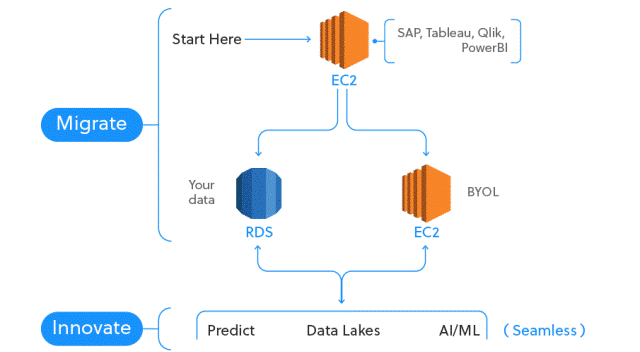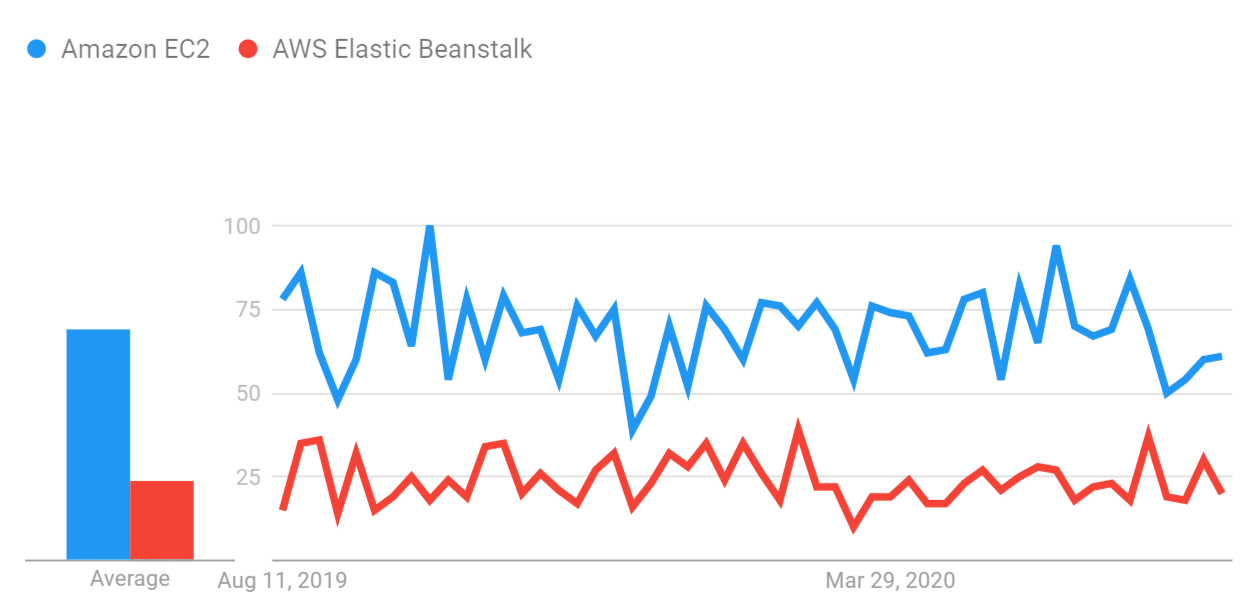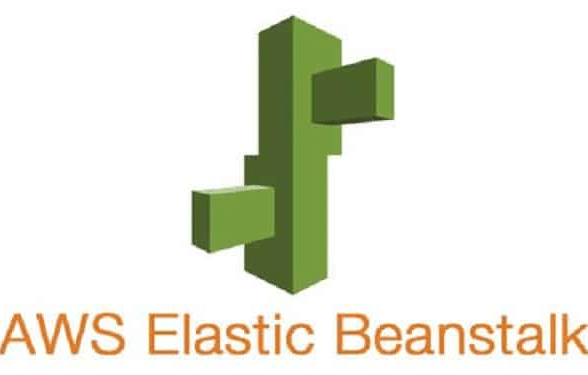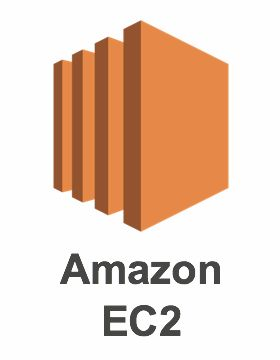This article provides a detailed overview of Elastic-Beanstalk vs. Ec2, and also highlights a few of the use cases in general.
Elastic Beanstalk Vs EC2: What is Best?
In the ongoing debate about the best between Elastic Beanstalk Vs EC2, the prime concern of new users as they go on with exploring AWS’s Elastic Beanstalk, is the manner by which it is seen as unique in relation to Amazon EC2. Such a position is justifiable since the two AWS services may be utilized correspondingly for some specific outstanding tasks at hand.
Watch the video below about AWS Elastic Beanstalk vs AWS EC2 comparison
Regardless of their similarities, there are significant contrasts between them, as well.
- The Elastic Beanstalk is essentially 1 layer of reflection away from that of the EC2 layer.
- At a point when you work with Beanstalk’s service, all the backend servers will be EC2 instances, and they will be getting their configuration behind a load balancer that will open them to the outer universe.
- Truly, a Beanstalk arranged framework conceals several matters as it sets up a situation for you that contains EC2 instances, security scaling groups, databases, and so forth.
Now let’s all hop into the facts on the “How” and “Where” those 2 AWS services actually vary.
Differences between the AWS Services of Elastic Beanstalk and EC2:
How does the EC2 work Vs Elastic Beanstalk?

Elastic Beanstalk Vs EC2 – EC2 Vs Elastic Beanstalk
EC2 allows users to create and launch servers in the cloud. The EC2 instances offer a total web services API for accessing the many different services that are available on AWS platform.
How does the Elastic Beanstalk actually work Vs EC2?

Elastic Beanstalk Vs EC2 – Elastic Beanstalk Vs EC2
- The Elastic Beanstalk service from AWS provides developers with a platform for the deployment of apps on the AWS cloud, as well as gets them connected to other AWS services.
- This means that Elastic Beanstalk cannot be regarded as something which could be discovered as time goes by, but on the contrary, it should be studied in terms of its underlying AWS services and the way they work in concert with the help of Elastic Beanstalk.
- Elastic Beanstalk connects services such as S3, EC2 and Auto Scaling in order to deploy elastic cloud apps.
- When an environment gets launched, Elastic Beanstalk will merely use an already defined AMI, which is accompanied by an operating system that is installed, then goes ahead with launching a newly created instance having the same type of your specification.
- Additionally, Beanstalk would set up an elastic load balancer making it respond to a unique URL.
- Due to the fact that Elastic Beanstalk would orchestrate various services, you will find extra procedures of interaction with those services.
Regardless of the fact that everything would be organized and verified by default, you will get the possibility to actually work with and change the assets managed by Elastic Beanstalk, where you’ve got the opportunity to either overwrite, adjust or bypass whatever Elastic Beanstalk performs. You can also get things customized based on what you require.
Comparison of Interest over time for Elastic Beanstalk Vs EC2:

Elastic Beanstalk Vs EC2 – Elastic Beanstalk and EC2 Interest Over Time
As it can be concluded from the above graph, Amazon EC2 has a higher interest over time while AWS Elastic Beanstalk has a low interest overtime rate. This means that with the use of Amazon EC2 you can get a higher rate of interest as time goes by, while with AWS Elastic Beanstalk this rate will be way less.
Advantages and Disadvantages of AWS Elastic Beanstalk Vs EC2:
Check out in the table below some of the major advantages and disadvantages of AWS Beanstalk and those of Amazon EC2.
| AWS Service | Advantages | Disadvantages |
| Elastic Beanstalk | 1. Integrates with a variety of AWS services
2. Easy deployment 3. Quick 4. Painless 5. Neatly Documented |
You will get charged directly upon exceeding the free quota |
| EC2 |
1. Fast and reliable cloud servers 2. Scalable 3. Easily managed 4. Low costing 5. Auto-scaling |
Ui needs extra work
Poor CPU performance High learning curve
|
“Fast and reliable cloud servers” is the major cause for having a greater number of developers who prefer using Amazon EC2, yet a lower number of developers shed light on the feature of “Integrates with a variety of AWS services” as the number one reason behind going with the AWS Elastic Beanstalk.
Summary:
What is the Functionality of AWS Elastic Beanstalk?

Elastic Beanstalk Vs EC2 – AWS Elastic Beanstalk
Upon uploading an app, the AWS Elastic Beanstalk will directly take care of the capacity provisioning & deployment details, along with that app health monitoring, auto-scaling & load balancing.
What is the Functionality of Amazon EC2?

Elastic Beanstalk Vs EC2 – Amazon EC2
Amazon EC2 is a web service that offers its users some resizable computing capacity when working with the cloud. This service helps in transforming web-scale computing into a simple and easy task for its developers. If you’d like to learn more about EC2 and how to work with instances, you can check our article about the EC2 Launch Instance Wizard.
What is the Classification of Elastic Beanstalk Vs EC2?
The category of “Cloud Hosting” is the tech stack classification under which Amazon EC2 is located. Meanwhile, the classification of “Platform as a Service“ is the one to which AWS Elastic Beanstalk belongs to.
Here are a few awesome resources on AWS Services:
AWS Elastic Beanstalk Basics
AWS Elastic Beanstalk Pricing
AWS Elastic Beanstalk Vs Cloudformation
AWS Elastic Beanstalk vs Lambda
AWS EC2 Tagging
- CloudySave is an all-around one-stop-shop for your organization & teams to reduce your AWS Cloud Costs by more than 55%.
- Cloudysave’s goal is to provide clear visibility about the spending and usage patterns to your Engineers and Ops teams.
- Have a quick look at CloudySave’s Cost calculator to estimate real-time AWS costs.